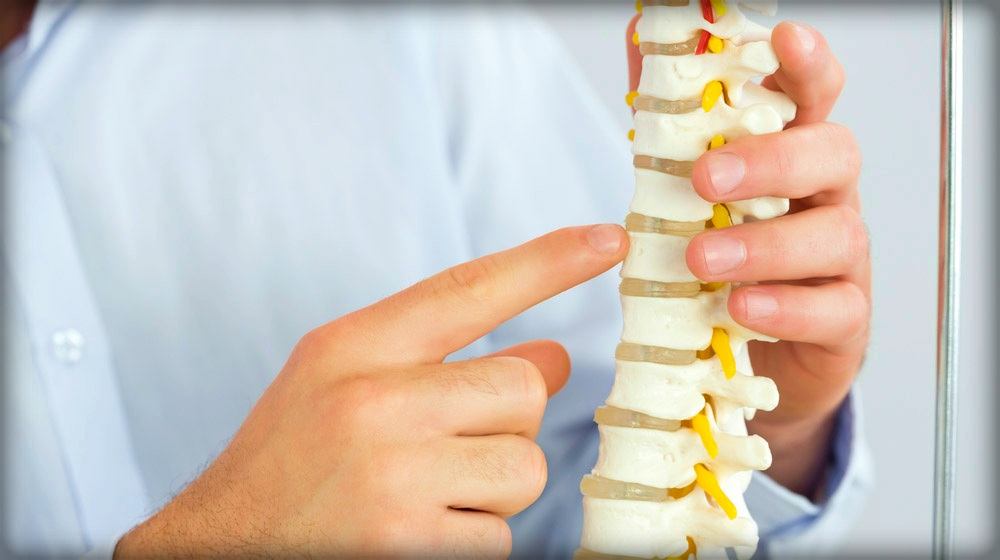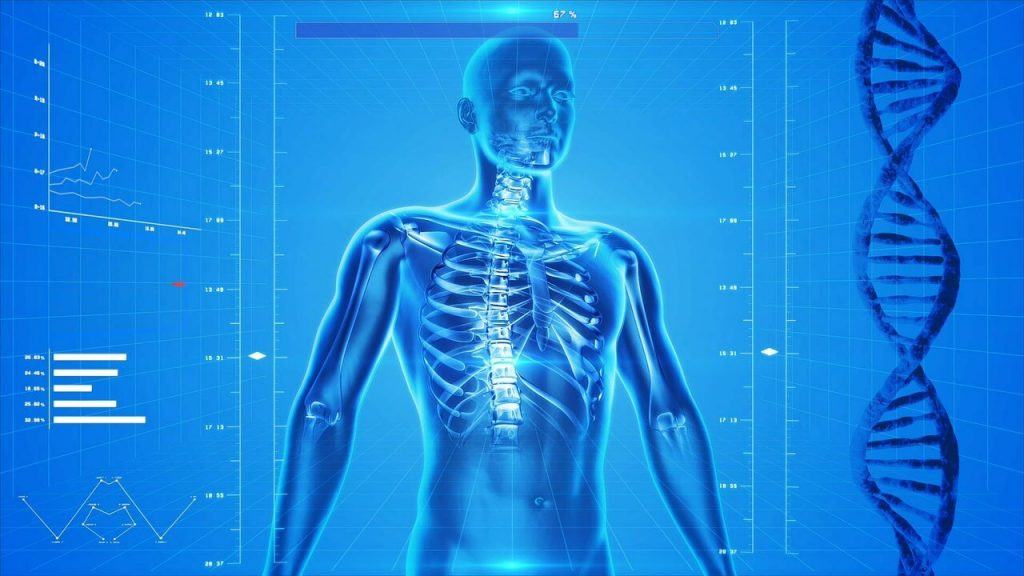Spinal Cord Injury Without Radiographic Abnormality

A recent study analyzed the prevalence and the severity of spinal cord injuries without a radiographic abnormality, frequently shortened to SCIWORA. The term was first used about forty years ago. As medical research has advanced, providers and their patients have become more reliant on imaging scans to identify spinal cord injuries.
While CT scans and MRIs do have their place in diagnosing spinal cord abnormality, it is important to remember that the symptoms tell the real story. Based on the information that was recently published in the Journal of Radiology, a significant number of injuries to the spine do not show up on any imaging scans at all. The researchers found that:
- In children, between 6 and 19 percent of all spinal cord injuries do not have a radiographic finding.
- In adults, between 9 and 14 percent of spinal cord injuries do not show up on imaging.
- The most vulnerable population is children under the age of 8, who tend to have unfavorable prognoses.
These numbers demonstrate that people cannot rely solely on x-rays, CT scans, and MRIs to identify injuries. If people trust imaging alone, they are likely to miss serious injuries that might have lifelong consequences.
Mechanisms of a Spinal Cord Injury Without Radiographic AbnormalityOne of the most common questions that people ask is why their injury might not show up on an imaging scan. Based on research, high-energy spinal cord injuries often lead to spinal cord instability or even vertebral fractures. In a high-energy accident, there is going to be hyper-extension and hyperflexion forces. These are going to stress the ligaments of the spine, causing serious injuries. Examples of common mechanisms of a SCIWORA include:
- A rear-end or front-end auto accident, leading to a rapid snapping of the head and neck.
- Direct front impacts to the face, often seen in diving, baseball, football, and rugby.
- Slip and fall injuries that lead to impacts to the front or the back of the head.
Of course, severe impacts to the spine can lead to blatant abnormalities easily picked up on imaging. Of note, complete transections of the spinal cord nerves are often obvious. On the other hand, research shows that spinal cord injuries that have a delay in symptoms (ranging from a few minutes to two days) often do not show up on imaging at all. These could include:
- Mild strains or sprains of spinal cord ligaments
- Small vertebral fractures
- Slight avulsions of the spinal cord nerves themselves
Because SCIWORA accounts for a significant percentage of injuries to the spine, it is important for everyone to understand why.
Why Might a Spinal Cord Injury Not Appear on Imaging?
Their symptoms are present and their pain might even be severe. Therefore, they probably expect that the CT or MRI is going to show an injury. Some of the possible explanations for why an injury doesn't show up on a radiological scan include:
The Tear is Small: The spinal cord is one of the most important parts of the body. For this reason, even small tears can lead to major symptoms. If the ligament tear is incomplete, the nerve avulsion is small, or the vertebral fracture is hairline, this could be missed by a scan. On the other hand, this can still cause major pain, weakness, or mobility issues.Microhemorrhages and Micro-clots: Another possibility is that the individual's symptoms are being caused by small bleeds or small clots within the spinal cord. Some research papers have pointed to small blood clots or blood vessel tears as the cause of some symptoms in SCIWORA. These clots or bleeds might be too small to show up on the standard image.
The Scan is Too Soon: In many cases, a SCIWORA is associated with a delay in the appearance of symptoms. Sometimes, the scan was done before any evidence of damage in the spine is present. Therefore, in some cases, it might be possible to repeat the scan after the symptoms appear or worsen. The image might show an injury at that time.
Even though individuals would like to put a picture of what they are feeling, imaging scans aren't going to show every spinal cord injury. That is why the term SCIWORA is a diagnosis.
Assessing the Severity of the InjuryWith many spinal cord injuries, the diagnosis is made using the imaging scan. If the injury doesn't show up on the scans, how is it diagnosed and assessed? There are several other techniques that doctors can use to make the diagnosis. These include:
- Evaluating the entire extent of the neurological insults.
- Looking for weakness in major muscle groups such as the biceps, triceps, quadriceps, hips, and calves.
- Looking for any evidence of bowel or bladder dysfunction.
- Asking about shooting pains down the arms or legs.
- Assessing for the range of motions of the upper and lower extremities.
- Grading the stability of the cervical spine where these injuries are often localized.
- Reassessing the injury at a later date with repeated imaging scans.
Performing a complete neurological exam is vital because this gives the doctor clues as to where the damage might be hiding. This helps both assess the progress of the recovery and helps to construct a comprehensive treatment approach.
The Differential Diagnosis: Other Possible Medical Problems to ConsiderDuring this process, it is just as important to make sure that other possible diagnoses aren't being overlooked. Some other medical conditions and injuries that can look like a SCIWORA include:
- An embolism to the vertebral artery in the spine
- Repeated strokes in the brain
- A bleeding disorder
- Possible heart conditions including endocarditis
- Guillan-Barre Syndrome
- Transverse myelitis
Some of these diagnoses can be life-threatening if they are missed. Because of this, it is important for every patient to make sure that their healthcare provider has considered all of the possible diagnostic options.
The Treatment of a SCIWORAAll spinal cord injuries are serious. This includes those that might not show up on imaging scans. The treatment of a SCIWORA includes:
- External immobilization of the spinal cord for about three months is the primary treatment approach.
- Avoiding any risk-taking activities for 6 months after the diagnosis is made to prevent aggravation of the injury.
- Closely monitoring blood pressure to prevent hypertension-exacerbated injuries.
- Assessing the laxity of the cervical spine with x-rays.
If necessary, the cervical spine muscles can be strengthened with physical therapy. This can help prevent a dangerous vertebral dislocation. Finally, pain is controlled with anti-inflammatory medications and narcotics if necessary.
Watch YouTube Video: Future Treatments for Spine and Spinal Cord Injuries. The video below provides a first look at the future of spinal cord injury treatments and how it can be promising for paralyzed patients.
Contacting an Injury AttorneyIf an individual has suffered a severe injury of the spine, regardless of whether or not it was identified on a radiological scan, this can forever change someone's life. Therefore, it is important for everyone to ask for help. In addition to finding the most appropriate medical care available, it is essential to meet with a Sacramento spinal cord injury attorney. A trained injury lawyer can provide assistance by:
- Ensuring that none of the details of the accident have been overlooked.
- Making sure that the mechanism of the accident is appropriate by working with professional accident reconstructionists.
- Negotiating with financial institutions to ensure that all bills are paid on time and that all benefits are processed appropriately.
- Assisting individuals and their loved ones in pursuing damages that are related to their spinal cord injury, its complications, and emotional distress.
- Moving a case to trial when this is needed.
Individuals and their family members need to know that they are not alone following a serious accident. Those who have suffered a severe spinal cord injury deserve professional assistance. Do not hesitate to meet with a spinal cord injury attorney in Sacramento today. You and your family might be deserving of a financial settlement.
Sacramento Personal Injury LawyerI’m Ed Smith, a personal injury lawyer in Sacramento. Just because an abnormality isn't evident on an imaging scan does not mean that a spinal cord injury is not present. A spinal cord injury without a radiographic abnormality can be severe. If you or someone you love has sustained a spinal cord injury after a motor vehicle accident, call me at (916) 921-6400 or toll-free at (800) 404-5400 for free, friendly advice.
We are proud to be an esteemed member of the Million Dollar Advocates Forum and the Top One Percent, a National Association of Distinguished Counsel.
See our client ratings on Avvo, Google, and Yelp, and our past cases on our Verdicts and Settlements page.
Editor’s Note: This page has been updated for accuracy and relevancy [cha 2.25.21]
Image Attribution: Depositphotos.com
:dr 0p cha [cs 1481]























